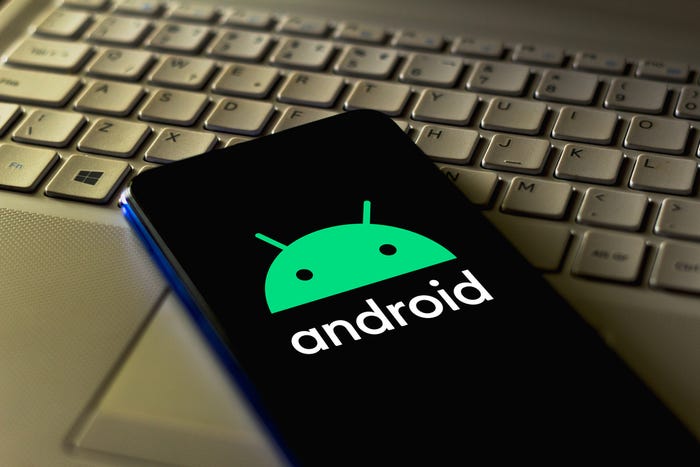Google, YouTube Win Copyright Ruling In Spain
Aggrieved media companies keep claiming copyright infringement but courts keep siding with Google.


Top 15 Google Apps For Business
Top 15 Google Apps For Business (click image for larger view and for full photo gallery)
A federal court in Madrid, Spain, on Thursday dismissed charges of copyright infringement against Google's YouTube brought by Spanish broadcaster Telecinco, the second major copyright victory for YouTube in the past few months.
In June, a U.S. judge tossed the $1 billion copyright infringement case brought by Viacom in 2007. Viacom appealed in August.
Aaron Ferstman, YouTube's head of communications for Europe, the Middle East, and Africa, hailed the Spanish court's ruling as an affirmation of European law, which says that online service providers have a responsibly to remove unauthorized content but not to determine whether the content is authorized.
"This decision demonstrates the wisdom of European laws," wrote Ferstman in a blog post. "More than 24 hours of video are loaded onto YouTube every minute. If Internet sites had to screen all videos, photos and text before allowing them on a Web site, many popular sites -- not just YouTube, but Facebook, Twitter, MySpace and others -- would grind to a halt."
The law that immunizes online service providers from liability in the U.S. is called the Digital Millennium Copyright Act, which provides Safe Harbor protection to ISPs that act in good faith and respond to lawful takedown requests.
Viacom in its appeal is arguing YouTube failed to do enough to meet its obligations and should therefore not receive DMCA Safe Harbor protection.
While copyright infringement on YouTube remains an issue, it's far less so now than it was when the site first launched. YouTube has developed a system called Content ID that identifies unauthorized content use in cases where the content owner has provided YouTube with copies of content files for comparison. The system provides rights-holders with the option to block unauthorized use of their content, but it also offers the option to monetize it by placing ads in claimed videos or to simply be notified of unauthorized use.
Google says that over 1,000 media companies are using Content ID.
Read more about:
2010About the Author(s)
You May Also Like
Key Findings from the State of AppSec Report 2024
May 7, 2024Is AI Identifying Threats to Your Network?
May 14, 2024Where and Why Threat Intelligence Makes Sense for Your Enterprise Security Strategy
May 15, 2024Safeguarding Political Campaigns: Defending Against Mass Phishing Attacks
May 16, 2024Why Effective Asset Management is Critical to Enterprise Cybersecurity
May 21, 2024
Black Hat USA - August 3-8 - Learn More
August 3, 2024Cybersecurity's Hottest New Technologies: What You Need To Know
March 21, 2024




